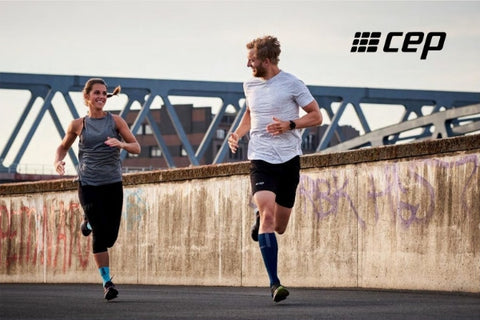Which Compression Level is Best for Your Body?


If you’re new to compression socks and garments, you probably have some questions. It all starts with compression levels. Below, we’ll explain what those are and help you decide which compression level is ideal for your body.
About Compression Levels
Levels of compression are measured by millimeters of mercury (mmHg) and separated by grade. Compression grades are as follows:
Medical grade 1:
- 8 to 15 mmHg (mild compression)
- 15 to 20 mmHg (moderate compression)
- 20 to 30 mmHg (firm compression)
Medical grade 2:
- 30 to 40 mmHg (extra firm compression)
Medical grade 3:
- 40 to 50 mmHg (prescription-level compression)
What compression level do you need?
Compression technology is used by people with circulatory problems, venous system diseases, and those with a high risk of phlebitis on an airplane. Compression garments, in particular, are effective in the treatment and prevention of lymphoedema. Both firm and extra-firm compression materials are good choices if you have minor swelling, varicose veins, post-surgery, and when you are pregnant.
Compression technology has also become very popular among athletes thanks to benefits like fatigue prevention, improved circulation, and decreased swelling. Compression wear has been linked to:
- Reduced recovery time
- Tendon, muscle, and joint support
- Minimized muscle soreness
- Pain relief
CEP’s 20-30 mmHg compression socks are designed for endurance sports like running, hiking, and skiing, and for post-workout recovery. Our products help you achieve personal records without the unnecessary toll on your body.
How do you keep your legs healthy?
You may try either firm or extra-firm compression to keep your legs healthy and prevent leg problems, especially if you stand for long periods of time. Compression socks and stockings prevent blood from pooling in your leg veins, which causes swelling.
Measure your legs for compression socks in the morning rather than after you’ve been on your feet all day to get the correct fit. At night, your legs may be swollen, and your calf circumference will be bigger. Socks that are too large won’t provide enough compression.
Find a Comfortable Level With CEP Compression
If you’re new to compression clothing, talk to your doctor about which compression level will be best for your health. Once you know, feel free to browse the men’s compression and women’s compression options at CEP Compression.



